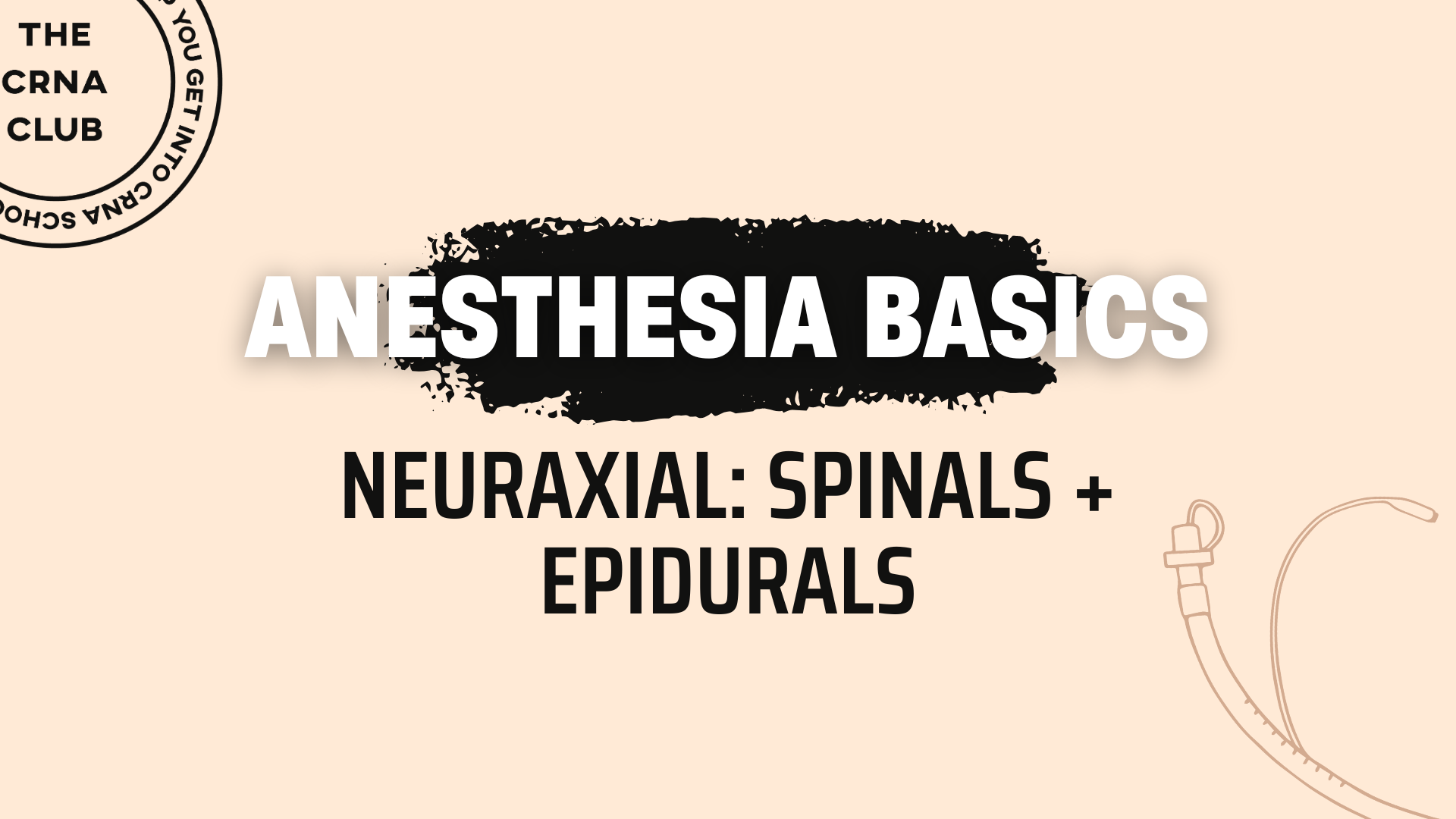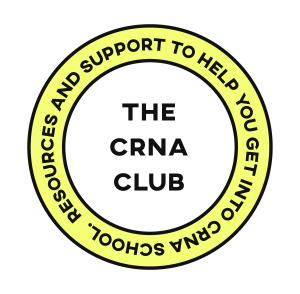
NEURAXIAL
Description coming soon

GENERAL INTERVIEW PREP
In this lesson, we go over the basics of interview prep, what to prepare for if you have a virtual or in person interview.

AUTONOMIC NERVOUS SYSTEM + CARDIAC PHARM PART II W/ PROFESSOR TEMMERMAND
This is Part II of a two part lecture series given by Professor Temmermand on the Autonomic Nervous System and pharmacology. Definitely a must-watch!

AUTONOMIC NERVOUS SYSTEM + CARDIAC PHARM PART I W/ PROFESSOR TEMMERMAND
Professor Temmermand gives an EXCELLENT two part pharmacology lecture. If you need to quickly prepare for your interviews and don’t have much time, definitely watch Part I and Part II of this series.

NEUROMUSCULAR BLOCKER REVERSAL AGENTS QUICK REVIEW
We have to reverse the muscle relaxants we give, and we do that in several ways. Watch this lesson to understand what we’re talking about when we say we “reverse” our patients.

OPIOIDS + ANTI-EMETICS QUICK REVIEW
Watch this lesson to briefly review how opioids work, where, and some side effects. Plus, we go over antiemetics like Zofran.

NEUROMUSCULAR BLOCKERS QUICK REVIEW
You may give muscle relaxants in the ICU, and it’s a drug class that we give every day in the OR. While you give it likely for vent synchrony (and so do we at times), we also give it for other reasons. Watch this lesson to learn more.

LOCAL ANESTHETICS QUICK REVIEW
Did you know there is something called Local Anesthetic Toxicity? Yep – this is something that we fear as anesthesia providers. Fortunately, we know how to use local anesthetics safely, and we know how to treat LAST if it occurs. Watch this short lesson to understand how Lidocaine works and it’s side effects.

INTRODUCTION TO INDUCTION AGENTS
We don’t expect you to understand all of this in depth, but it’s great for you to know how Propofol, Etomidate, Ketamine and Precedex work!

BENZODIAZEPINES QUICK REVIEW
Certainly you’ve given Midazolam probably almost every shift – but can you explain how it works and what it’s 5 uses are? Watch this to brush up on one of the most common medications you probably give, and something we give every day in the OR.

BETA BLOCKERS, NSAIDS, ANTICOAGULANTS
In this lesson we briefly go over beta blockers, NSAIDs and anticoagulants. We discuss where these drugs work at the cellular level, and lightly touch on the coagulation cascade.

VASODILATORS + ANTIARRYTHMICS
Vasodilators and antiarrhythmics have unique mechanisms of action that can be a bit tricky for people. If someone asks you the difference between Nitroglycerin and Nitroprusside, would you get it right?

